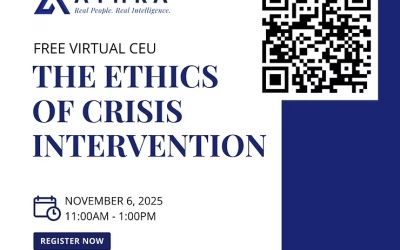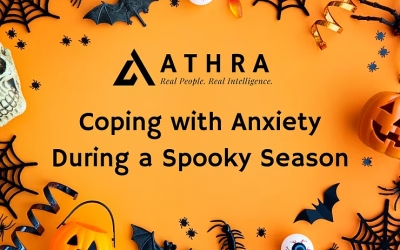Post-Traumatic Stress Disorder (PTSD) is a complex mental health condition that can manifest in various ways and impact individuals differently. It often develops after exposure to a traumatic event and can significantly affect a person’s daily life. Understanding the symptoms and available treatment options is crucial for effectively managing PTSD.
According to the World Health Organization (WHO), “approximately 3.6% of the global population has experienced PTSD in the past year. This translates to over 250 million people around the world who are affected by this condition.”
Symptoms of PTSD:
- Intrusive Memories: Individuals may experience recurrent, involuntary memories of the traumatic event. These memories can be distressing and may manifest as flashbacks or nightmares.
- Avoidance: People with PTSD may avoid places, people, or activities that remind them of the traumatic event. They may also avoid talking about the event.
- Negative Changes in Thinking and Mood: PTSD can lead to negative thoughts and feelings about oneself or others. Individuals may experience feelings of guilt, shame, or detachment from others.
- Changes in Emotional Reactions: Individuals with PTSD may have heightened reactions, such as being easily startled, feeling tense or on edge, or having outbursts of anger.
- Hyperarousal: This can include difficulty sleeping, irritability, difficulty concentrating, and being constantly on guard.
Treatment Options for PTSD:
- Psychotherapy: Cognitive Behavioral Therapy (CBT) is a common and effective treatment for PTSD. CBT helps individuals identify and change negative thought patterns and behaviors related to the traumatic event.
- Exposure Therapy: This type of therapy involves gradually exposing the individual to the trauma-related memories, feelings, and situations in a safe and controlled environment. The goal is to reduce the fear and anxiety associated with these memories.
- Eye Movement Desensitization and Reprocessing (EMDR): EMDR is a therapy that helps individuals process traumatic memories and reduce their emotional impact. It involves a series of guided eye movements while recalling the traumatic event.
- Medications: Antidepressants, particularly selective serotonin reuptake inhibitors (SSRIs), are commonly prescribed to help manage symptoms of PTSD, such as depression and anxiety.
- Mindfulness and Stress-Reduction Techniques: Practices like yoga, meditation, and deep breathing exercises can help individuals manage stress and reduce symptoms of PTSD.
- Support Groups: Joining a support group for individuals with PTSD can provide a sense of community and understanding. It can also offer valuable coping strategies and emotional support.
- Lifestyle Changes: Eating a healthy diet, getting regular exercise, and practicing good sleep hygiene can help improve overall well-being and reduce symptoms of PTSD.
PTSD Awareness Day:
PTSD Awareness Day, observed annually on June 27th, is a time to raise awareness about PTSD and its effects on individuals, families, and communities. It is also a day to show support for those living with PTSD and to encourage early detection and treatment.
According to the National Center for PTSD, “about 6 of every 10 men (or 60%) and 5 of every 10 women (or 50%) experience at least one trauma in their lives.” Some people may recover within a few months after the event, but for others it may take years or may even begin long after the events occur.
By increasing awareness about PTSD, we can help reduce stigma, improve access to care, and promote understanding and empathy for those affected by this challenging condition. If you or someone you know is struggling with PTSD, reach out to a mental health professional for support. Together, we can make a difference in the lives of individuals living with PTSD.











